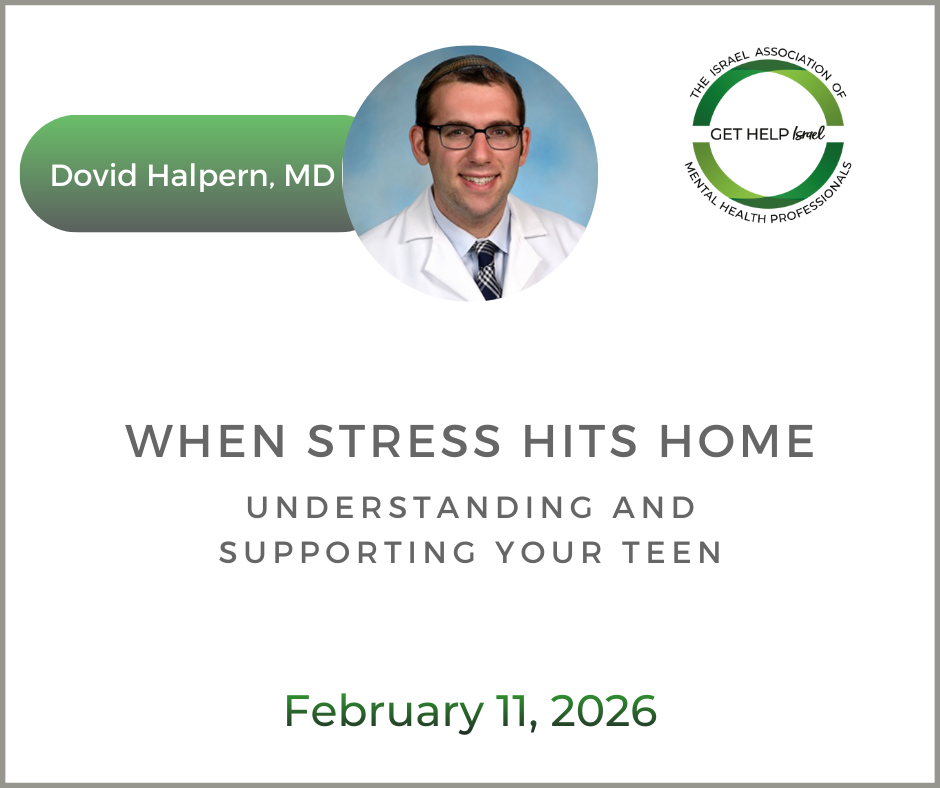Am I Depressed or Just Sad?
.png)
Growing up, I remember people saying, “I’m so depressed.” What made them so depressed? Various factors, including a goldfish dying, not getting a good grade on a test, not being invited to a party, or a favorite character being killed off of a show. “Being depressed” was more of a catch phrase than a real feeling, and was very short lived.
But being depressed is a real thing, and statistics show that almost 7% of Americans suffer from some type of depression. So, am I depressed, or am I just sad?
What is sadness? Sadness is a normal human emotion. It can be triggered by a variety of variables, including death, divorce, loss of a job, task failure, money trouble. There are many disappointing events that can cause a person to feel sad or unhappy. This feeling of sadness passes with time. People might need to cry, talk it out, or vent their feelings to get through their period of unhappiness, but eventually it passes, because it was related to a certain trigger. If the feeling does not pass, and a person is not able to go on with their daily activities or function normally, or symptoms persist for longer than 2 weeks, this could be a sign of depression.
What is depression? Depression (MDD — Major Depressive Disorder) is a common and serious medical illness that negatively affects how you feel, the way you think and how you act. Depression causes feelings of sadness and/or a loss of interest in activities that were once enjoyable. It can lead to a variety of emotional and physical problems and can decrease a person’s ability to function.
Signs and symptoms of MDD may include:
· Daily depressed mood
· Loss of interest in normal activities for an extended amount of time
· Changes in appetite; significant weight loss or gain
· Inability to concentrate
· Low energy, increased fatigue
· Feelings of worthlessness
· Disruption in sleep pattern/Insomnia
A major difference between sadness and depression is that sadness, or grief, or dealing with any loss, comes in waves — there are times that the person is sad, but also times when they are feeling better. They are not always sad or unhappy. With depression, the mood is generally always low, with no bright spots, and it might also be accompanied by feelings of worthlessness and/or self-loathing.
If you fear you fear that you or a loved one has MDD, it’s important to see a doctor, and make sure that the mood changes cannot be attributed to a medical condition that might have similar symptoms. If that is ruled out, and a diagnosis of MDD is given, there is hope for recovery. In fact, depression is one of the most treatable mental disorders, with 80–90% of people responding well to treatment. Treatments include Anti-depressants and therapy. For mild depression, therapy can be used alone, but for more moderate to severe depression, therapy is used along with medications. CBT (Cognitive Behavioral Therapy), a type of “talk” psychotherapy, has been highly effective in helping those with depression gain back control of their thoughts and actions.
Depression is a serious mental illness, but with the right help, there is hope to getting back to leading a full and rewarding life.



